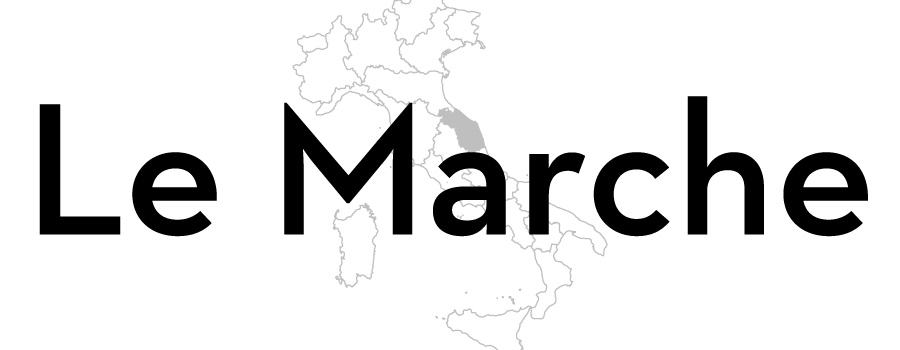Vincisgrassi
Valeria's vincigrassi recipe is a dish fit for a feast. Although many versions of this Marche classic opt for mushrooms rather than the customary offal, this recipe is true to the meaty origins of the dish, using chicken giblets, sweetbreads, chopped pork and beef to create a beautifully rich ragù.
Named after the Austrian general Windisch-Graetz, who was involved in military actions in the Ancona area in the early 1800s, vincisgrassi is Marche’s answer to Emilia’s lasagne.
The main difference between vincisgrassi and lasagne lies in the ragù, more specifically in the types of meat it contains. Although there are as many recipes as there are households, most vincisgrassi versions include chicken livers, hearts and sweetbreads, pancetta, and can also feature veal, duck and lamb as a replacement for beef. Whichever the combination, the meat isn’t ground but rather finely chopped, resulting in an ever-so rustic ragù.
Béchamel sauce is sometimes forgone, too, particularly in older recipes, whereas modern takes tend to incorporate it, as does the recipe below. Ultimately, it’s up to you. If you leave the béchamel out, make sure you wet the top layer with a glass of warm milk and then sprinkle it with an even more generous dose of Parmesan.
Ingredients
Metric
Imperial
Meat ragù
- 1 tbsp of lard
- 100g of thick-sliced pancetta, minced
- 1 celery stick, finely chopped
- 1 carrot, peeled and finely chopped
- 1 onion, finely chopped
- 400g of pork loin, finely chopped
- 400g of braising beef, finely chopped
- 2 cloves
- 150ml of dry white wine
- 60ml of tomato sauce
- 300ml of vegetable stock, or meat stock, warm
- 350g of sweetbreads, chicken livers and hearts, roughly chopped
- fine sea salt, as needed
- freshly ground black pepper, as needed
Béchamel sauce
- 100g of unsalted butter
- 100g of plain flour, sifted
- 1l whole milk
- freshly ground nutmeg, to taste
To construct the lasagne
- 500g of fresh lasagne sheets
- 1 tbsp of butter, for greasing the pan
- Parmesan, grated as needed
Method
Get in touch
Please sign in or register to send a comment to Great British Chefs.


